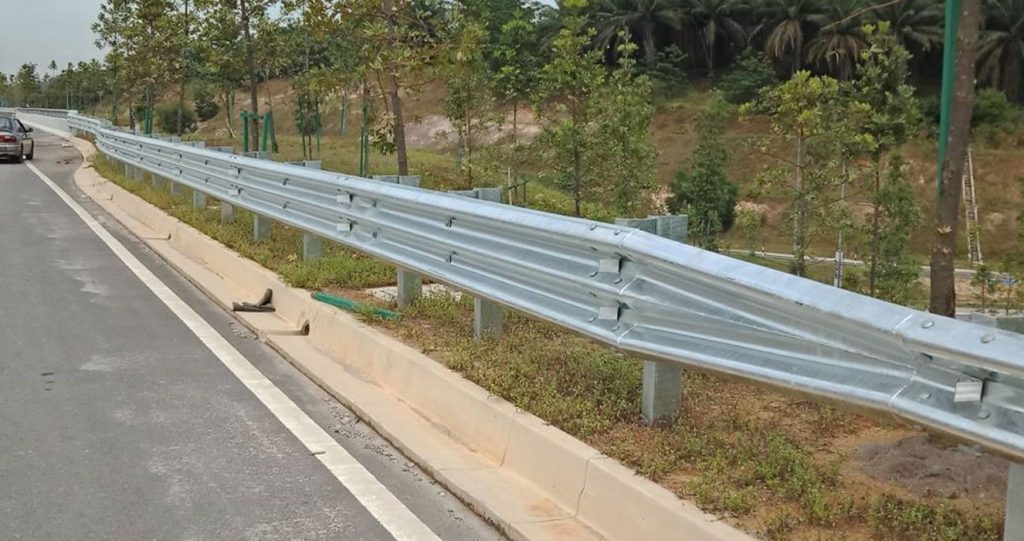If you’ve ever wondered how highway guardrails are installed in Malaysia, you’re not alone. It’s a process that many people don’t understand, but it’s an important part of keeping our roads safe. In this blog post, we will take a look at the process of installing highway guardrails and explain it in detail.
What are highway guardrails, and what do they do
The government of Malaysia has lost at least 3.12 million dollars for each life based on the value of statistical life’ (VSOL) year of 2018 calculated by MIROS. Road accidents are a serious public health problem for Malaysia, with an average of 18 people killed every day in road accidents.
Highway guardrails are an important safety feature on roads and highways in Malaysia. They are designed to protect vehicles from going off the road into areas where they could be damaged or hurt.
Guardrails also help to keep traffic flowing smoothly by redirecting vehicles that veer out of their lane. In addition, guardrails can provide a measure of protection in the event of a collision. When installed properly, guardrails can help to reduce the severity of accidents and save lives.
The Common Type Of Guardrails Used On Highways
Two main types of guardrails are used on highways: W-beam and thrie-beam. W-beam guardrails are the most common type of guardrail used in Malaysia. They are made from rolled steel that has been formed into a “W” shape. Thrie-beam guardrails are less common but offer more protection than W-beam guardrails. They are made from rolled steel that has been formed into a “U” shape.
The Installation Process
Installing highway guardrails is a complex process that involves many different steps. First, the route for the guardrail must be determined. This includes taking into account the location of the road, the traffic patterns, and any obstacles that might be in the way.
Next, the contractor will excavate the area where the guardrail will be installed. This excavation process is necessary to ensure that the guardrail is installed at the correct depth and grade.
Once the excavation is complete, the next step is to install the posts that will support the guardrail. These posts are typically made of steel or concrete and are driven into the ground.
Once the posts are in place, installing the actual guardrail is next. This process involves attaching the rail to the posts using brackets or clamps.
The final step in the process is to install any vital signs or markings that will warn drivers of the presence of a guardrail.
Post Installation & Maintenance
Once the guardrail has been installed, it is important to maintain it. This includes regularly checking the posts and brackets for damage and ensuring that the rail is securely attached. In addition, it is important to clean any debris or vegetation that might accumulate around the guardrail. This can help to prevent accidents by keeping the area around the guardrail clear.
FAQs about highway guardrail installation
Q: How long does it take to install a highway guardrail?
A: The process of installing a highway guardrail is complex and involves. It can take several weeks or even months to complete, depending on the length of the guardrail and the number of obstacles in the way.
Q: How much does it cost to install a highway guardrail?
A: The cost of installing a highway guardrail varies depending on the length of the guardrail and the number of posts needed. However, it is typically between RM500 and RM1000 per meter.
Q: How often do highway guardrails need to be replaced?
A: Highway guardrails typically need to be replaced every 20 years. However, this can vary depending on the amount of traffic and the number of accidents that occur.
Conclusion
As you can see, installing highway guardrails is complex and involves. But it’s a necessary process that helps to keep our roads safe. Contact us today if you need help with your guardrail installation. We’re always happy to assist!

